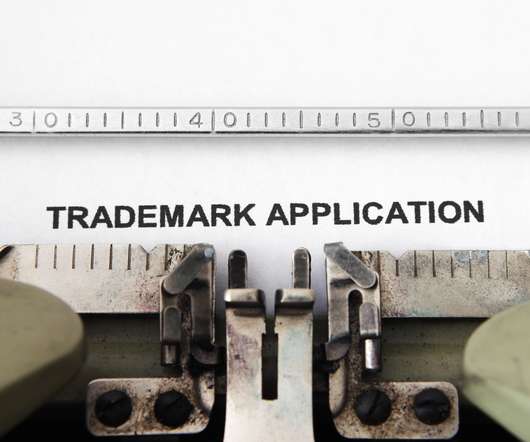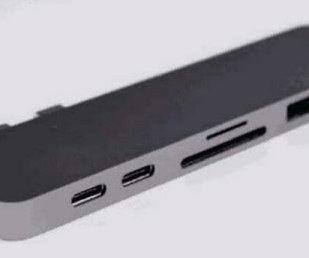Key Points from the USPTO’s New Guidance on AI Use
IP Intelligence
JULY 19, 2024
The USPTO begins with a review of the duties of candor and good faith, confidentiality, and export regulations. AI contributions to a patent application may become problematic when such contributions are significant enough to be considered material to patentability and/or inventorship. persons may be deemed an export.” [2]














Let's personalize your content